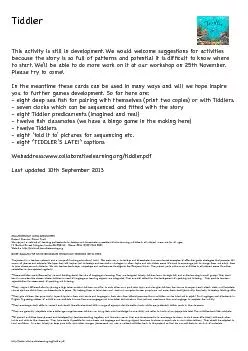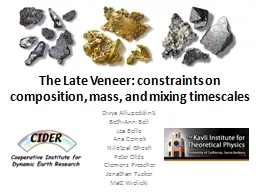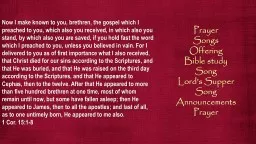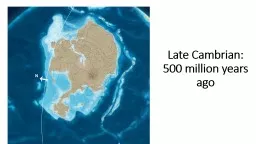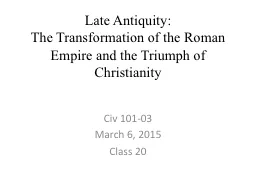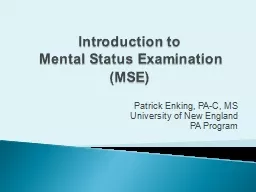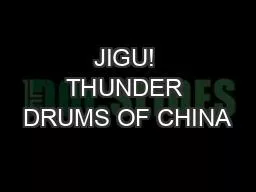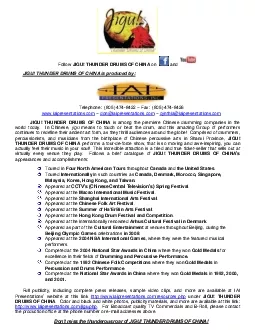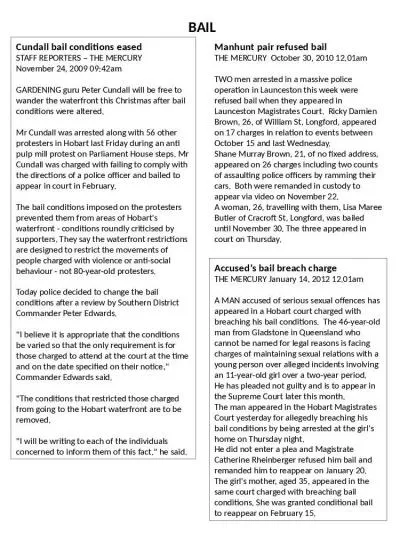PDF-identityThis is a late draft of an article which appeared more or le
Author : eve | Published Date : 2021-07-05
1 1 Some of the growing literature on the Gurungs is listed at the end of this paper I am grateful to the Economic andSocial Research Council the Renaissance Trust
Presentation Embed Code
Download Presentation
Download Presentation The PPT/PDF document "identityThis is a late draft of an artic..." is the property of its rightful owner. Permission is granted to download and print the materials on this website for personal, non-commercial use only, and to display it on your personal computer provided you do not modify the materials and that you retain all copyright notices contained in the materials. By downloading content from our website, you accept the terms of this agreement.
identityThis is a late draft of an article which appeared more or le: Transcript
Download Rules Of Document
"identityThis is a late draft of an article which appeared more or le"The content belongs to its owner. You may download and print it for personal use, without modification, and keep all copyright notices. By downloading, you agree to these terms.
Related Documents


